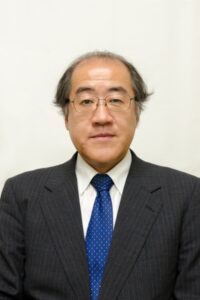
Inaccurate perceptions about agriculture With respect to agriculture, there is the common perception that large-scale farmers run their modern agricultural operations by using a lot of fertilizer and chemicals, while poor small farmers engage in environmentally friendly agriculture, and that Japan can’t compete with agriculture in the United States and Australia due to its small land area and the scale of its agricultural operations. The agricultural industry and certain experts claim that this is why Japan’s agriculture, especially its small farmers, must be protected, and that expanding the scale of farming operations to improve efficiency or for Japan to join the Trans-Pacific Partnership (TPP) is out of the question. However, there are no poor small farmers in Japan today. Small farmers are employed at other jobs and do their farming on the side, thus earning more than working-class households. Since they don’t depend ... ... [Read more]

